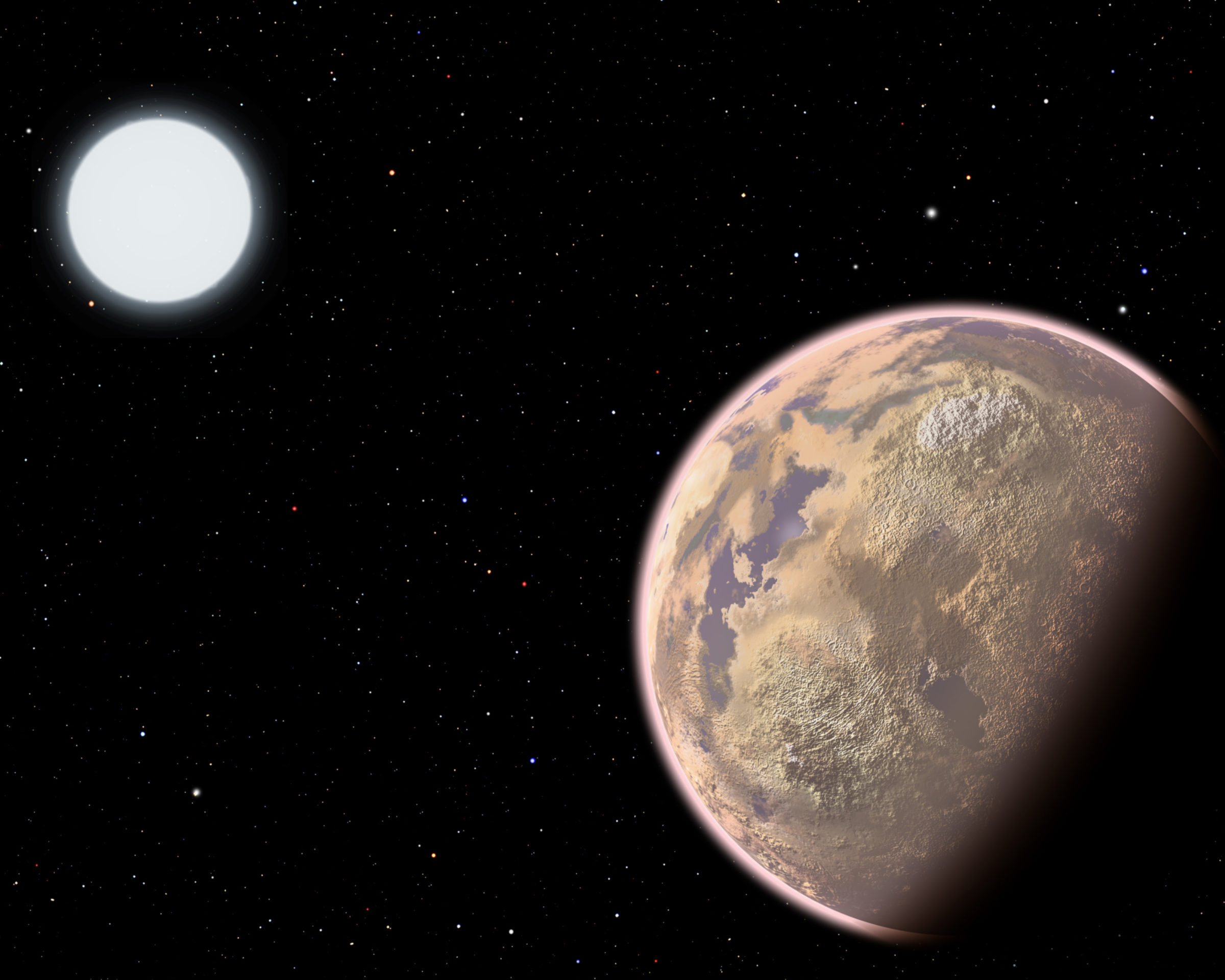Planetary Radio • Aug 12, 2014
The Search for Extraterrestrial Polluters?
On This Episode

Henry Lin
Student for Harvard Smithsonian Center for Astrophysics
Harvard’s Henry Lin led work that determined the soon-to-be-launched James Webb Space Telescope may be able to detect an alien civilization by analyzing its atmosphere. Emily Lakdawalla shows us a couple of worlds revolving around one another. One of them is Pluto. Bill Nye examines criticism of the proposed Asteroid Retrieval Mission coming from planetary scientists. Mat Kaplan and Bruce Betts explore the night sky and begin yet another space trivia contest.

Related Links:
- A New Approach to SETI: Targeting Alien Polluters
- Abstract for Detecting Industrial Pollution in the Atmospheres of Earth-like Exoplanets
- Henry Lin’s TEDYouth 2013 Talk
- “We’re at the comet!” Rosetta Has Arrived
- Twinkling worlds in motion: New Horizons' first optical navigation images of Pluto and Charon
This week's prize is "Curiosity: An Inside Look at the Mars Rover Mission and the People Who Made It Happen" by Rod Pyle, and a Mars Science Laboratory mouse pad.
This week's question:
What two chemical elements, both discovered in 1803, were named after asteroids?
To submit your answer:
Complete the contest entry form at http://planetary.org/radiocontest or write to us at [email protected] no later than Tuesday, August 19, at 8am Pacific Time. Be sure to include your name and mailing address.
Last week's question:
Who was the first Mars Rover named after?
Answer:
The answer will be revealed next week.
Question from the week before:
Approximately how long was the Apollo Lunar Roving Vehicle that astronauts drove on the moon?
Answer:
The Apollo Lunar Roving Vehicles were about 3.1 meters or just over 10 feet long.


 Explore Worlds
Explore Worlds Find Life
Find Life Defend Earth
Defend Earth

